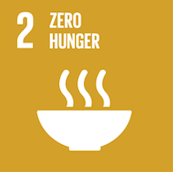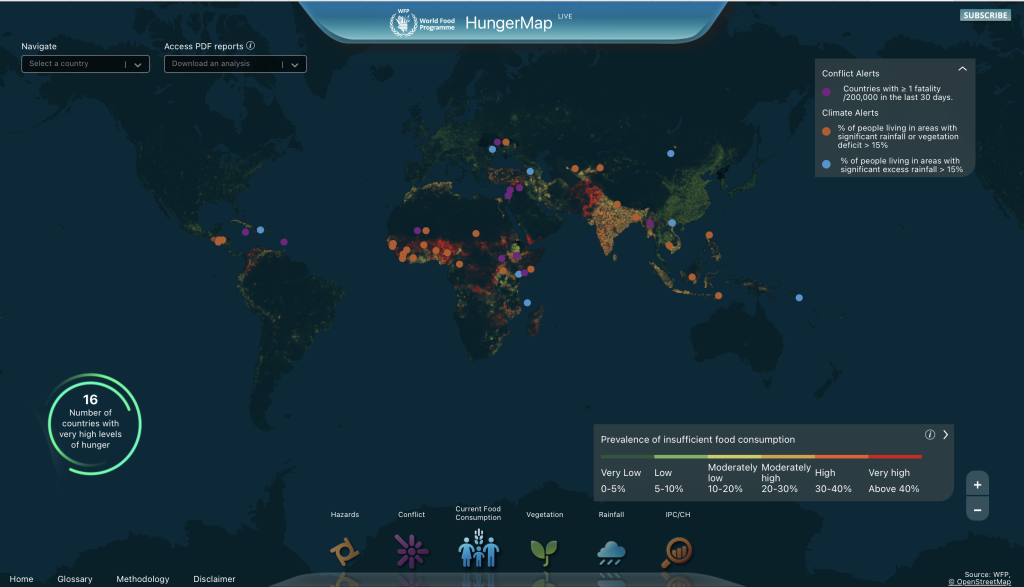Chapter 10: Agricultural and Food Systems
10.1 Introduction – Food Security/Insecurity
Key Questions
In this chapter, we examine the origins of agriculture and trace the geography of changes in the production of food and the raising of livestock, from the earliest domestication of plants to contemporary developments, including genetic modification and commercial agribusiness.
- What is the origin and evolution of agriculture across the globe?
- What are the three types of agriculture revolution and their consequences for humans and the globe?
- How does commercial agriculture operate?
- What are the reasons for the rise of organic food production?
- Why are there still 828 million hungry people in the world in 2023 considering the agricultural output is sufficient to feed them all?
- What are some of the environmental consequences of unsustainable agricultural practices?
Food is a basic human need and considered a human right. Ending hunger in the world is the second of the Sustainable Development Goals developed by the United Nations. The UN states:

Source: Screenshot taken from the Sustainable Development Goals – Executive Summary (Oct. 12, 2017).
End hunger, achieve food security and improved nutrition and promote sustainable agriculture.
People who consistently have reliable, affordable, and safe access to enough nutritious food are considered to have food security. Conversely, those who face constraints in accessing an adequate and varied diet due to external factors experience food insecurity. Individuals within these demographics typically develop different perspectives on food.
Not only is there an unevenness regarding food consumption and nutritional experiences, choices, and conditions for people across the world, but so too is there an unevenness regarding how food is produced.

Source: A screenshot of the interactive map on HungerMap.
Food and agricultural systems differ significantly across regions and are influenced by various climate conditions. Globalization has reduced the necessity for urban centers to be near agricultural areas, thanks to modern transportation that enables rapid food distribution. As geographers, we persistently explore the questions posed by Charles Gritzner (2002): “What is where, why there, and why care?” In this chapter, we focus these inquiries on food. We will examine the types and impacts of agriculture and food production, as well as the geography of food consumption.

